Unlocking the Skies: Sport Pilot Certification Requirements for 2024/2025 and What’s New!
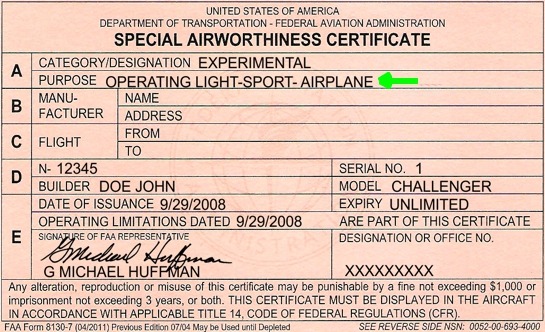
The Sport Pilot License (SPL) has been a popular option for aviation enthusiasts looking to take to the skies with fewer time and cost commitments compared to private pilot certification. The SPL, introduced by the FAA in 2004, provides a streamlined pathway to fly light sport aircraft (LSA) with more relaxed medical and training requirements.
THe general limitation is you cannot fly in controlled airspace where you need to speak to ATC for approvals at airports and transitions through restricted or higher class airspace. THis remains true around the world. In Australia the classes of airspace restricting you are probably only 1% of the whole country! It makes an LSA licence quite flexible. This will vary from the USA and Europe but its still very manageable.
However, as we step into 2024 and 2025, the regulatory landscape is seeing some exciting changes, particularly with aircraft specifications, increasing operational capabilities, and technological developments. This blog will walk you through the latest requirements, restrictions, and potential new developments within the sport pilot category.
1. The Basics: Sport Pilot Certification Requirements
To begin, let’s break down the fundamental requirements to earn a Sport Pilot Certificate (SPL). Unlike traditional pilot licenses, SPLs have simplified requirements to cater to a broader audience. Here’s what you need to know:
Eligibility
- Age: You must be at least 17 years old to obtain a sport pilot certificate. However, you can start training at 16.
- Language: Proficiency in English is necessary as pilots must be able to read, speak, write, and understand the language.
- Medical Certification: One of the most appealing aspects of a sport pilot license is the medical requirement. You only need a valid driver’s license, as long as you do not have a disqualifying medical condition that would interfere with safe flying. The traditional FAA medical exam (such as the Class 3 medical) is not required, making it more accessible to people who may have conditions that preclude them from higher medical certifications.
If your unsure and you have a medical condition you should ask your local authority and your doctor. I had some medical questions from my own doctor having had a heart attack in 2005. For piece of mind my doctor sent me to get evaluated with a stress test and it was all ok. THere were no requirements from Australian LSA authorities which is CASA.
Training and Flight Time
To qualify for a sport pilot certificate, you need:
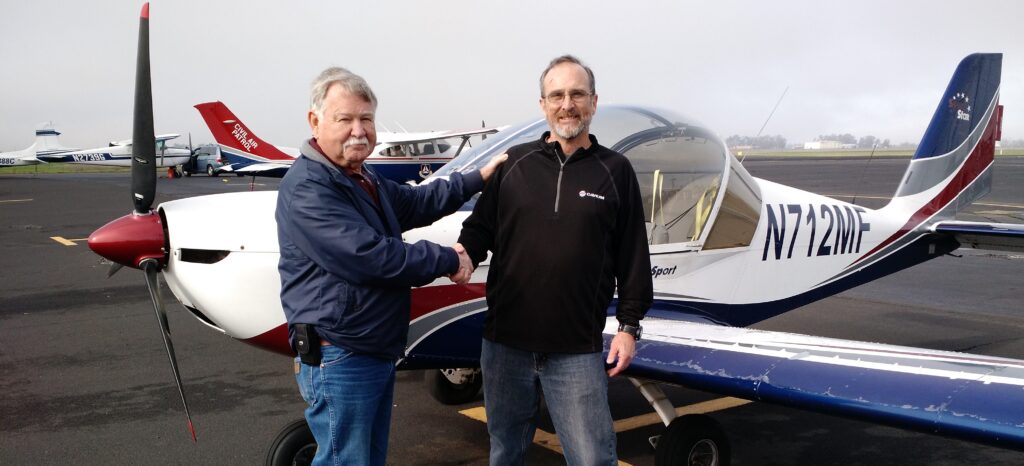
- At least 20 hours of flight time. This is significantly less than the 40 hours required for a private pilot license (PPL).
- This includes at least 15 hours of flight instruction and 5 hours of solo flight.
- Ground instruction covering aerodynamics, navigation, weather, airspace, aircraft systems, and regulations.
- Flight test (checkride), which includes both an oral and practical examination with an FAA examiner or Designated Pilot Examiner (DPE).
Knowledge Test
You must pass the FAA written exam, which consists of 40-50 multiple-choice questions. The topics covered include airspace regulations, weather, and aircraft performance. Its very worth doing some study for your own benefit as well as the exam. As a pilot of any variety you will always be learning new things. It’s a common belief that if you think you know it all your a danger to yourself and others.
- Latest CPU’s Available Now – Amazon.com
- Get a NEW GPU Best Performance – AMAZON.com
- Upgrade RAM Here today – AMAZON.com
- Prebuilt PC Options – AMAZON.com
2. Light Sport Aircraft (LSA) Restrictions
As a sport pilot, you are limited to flying specific types of aircraft known as Light Sport Aircraft (LSA). These are simplified, lower-performance aircraft that meet the FAA’s light sport category requirements. The current restrictions for LSAs include:
Aircraft Weight
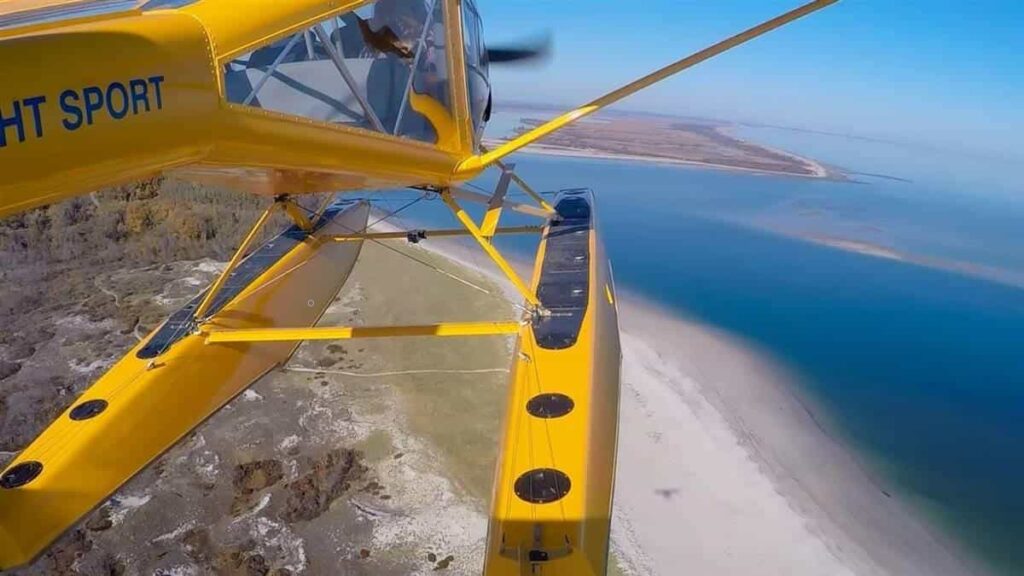
- Maximum takeoff weight: 1,320 pounds for landplanes, 1,430 pounds for seaplanes.
- In 2024, these weight limits remain unchanged, though there has been ongoing debate within the industry about increasing weight limits for more capable aircraft to be included in the LSA category.
Aircraft Speed
- Maximum level-flight cruise speed: 120 knots (138 mph). This cap ensures that sport pilots are flying slower, less complex aircraft. This applies in the USA but not always other countries. In Australia where I have a Sport Pilot Certificate there is no speed limitation on maximum speed.
- Maximum stall speed: The aircraft cannot exceed a stall speed of 45 knots (52 mph) in the landing configuration. This ensures that the aircraft is forgiving in low-speed flight situations, making it safer for newer or recreational pilots.
Seating Capacity and Engine Requirements
- Single-engine aircraft with a maximum of two seats. With future changes you may be able to fly with an aircraft with grater than four seats in it but you WILL NOT be able to take more than one passenger with you as I understand it.
- Must be powered by a reciprocating engine, with other engine types not permissible under current rules.
3. New Developments in the Sport Pilot Landscape: Weight and Speed Increases?
In recent years, the FAA and aviation industry have been exploring the possibility of expanding the LSA category to allow for more capable aircraft. There is growing interest in increasing both the weight and speed limits, particularly with the influx of newer, more advanced aircraft designs that don’t quite fit into the traditional LSA parameters. Read More here
Proposed Increases in Weight and Speed
- Weight increase: Some aviation advocates have been lobbying for an increase in the maximum weight limit for LSAs from 1,320 pounds to 2,000 pounds or more. The rationale behind this is to accommodate modern designs, which often have more advanced avionics, safety features, and performance capabilities.
- Speed increase: Similarly, there is interest in raising the speed cap above 120 knots to accommodate higher-performance LSAs without having to step up to a private pilot license.
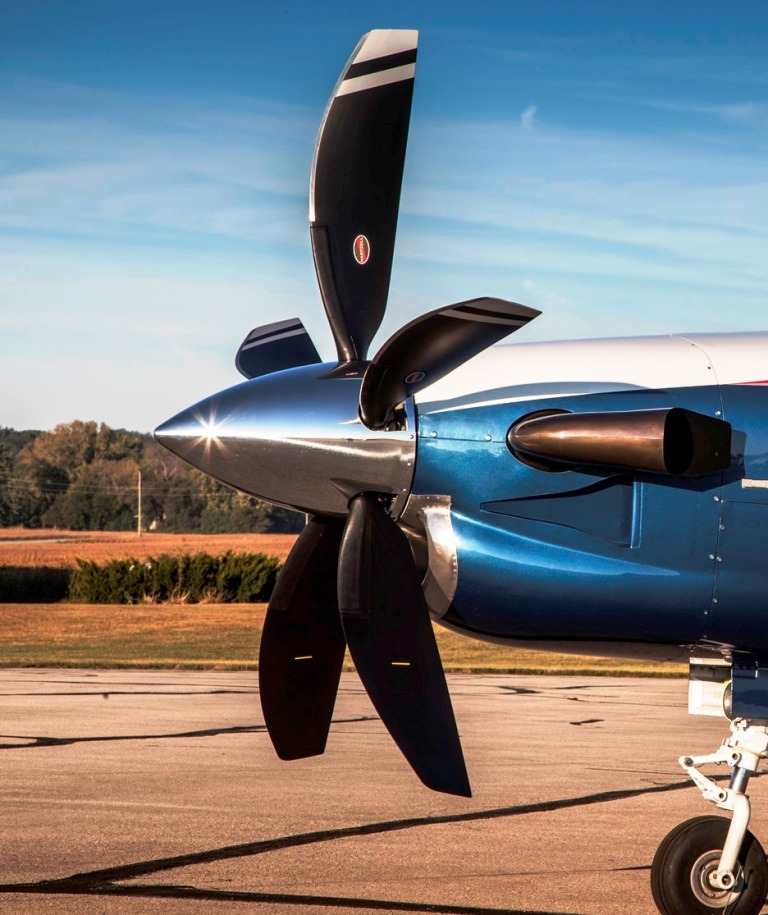
While these changes have not yet been finalized as of 2024, they are in discussion, and potential regulatory changes may take effect over the next couple of years, opening up new aircraft options for sport pilots.
4. Aircraft Complexity and Equipment Changes: Retractable Landing Gear and Variable-Pitch Propellers
One of the most exciting potential developments for sport pilots is the possibility of flying more complex aircraft. Historically, LSAs were required to be relatively simple in their design to ensure ease of operation and safety. However, advancements in aviation technology are pushing for the inclusion of retractable landing gear and adjustable-pitch propellers in the LSA category.
Retractable Landing Gear
Currently, LSAs are restricted to fixed landing gear configurations. Retractable landing gear adds complexity to an aircraft’s operation, which is why it has been historically excluded. However, the conversation around incorporating retractable landing gear into certain LSA models has been ongoing. If approved, it would allow sport pilots access to a wider range of faster, more streamlined aircraft.
Variable-Pitch Propellers
Similarly, LSAs have been limited to fixed-pitch propellers. A variable-pitch (or constant-speed) propeller allows pilots to adjust the blade angle in-flight, optimizing performance in various phases of flight. While this feature adds complexity, modern designs are improving ease of use, leading to potential acceptance in the near future.
Glass Cockpits and Avionics
LSAs are no longer the “basic” aircraft they once were. Many manufacturers are now offering LSAs with glass cockpit avionics, which provide electronic flight instrument systems (EFIS) and integrated GPS. This trend toward modernization aligns with sport pilots’ desires for more capable aircraft while remaining within LSA parameters.
5. Other Notable Restrictions and Privileges
Sport pilots, while enjoying certain freedoms, are also subject to several restrictions that are important to note:
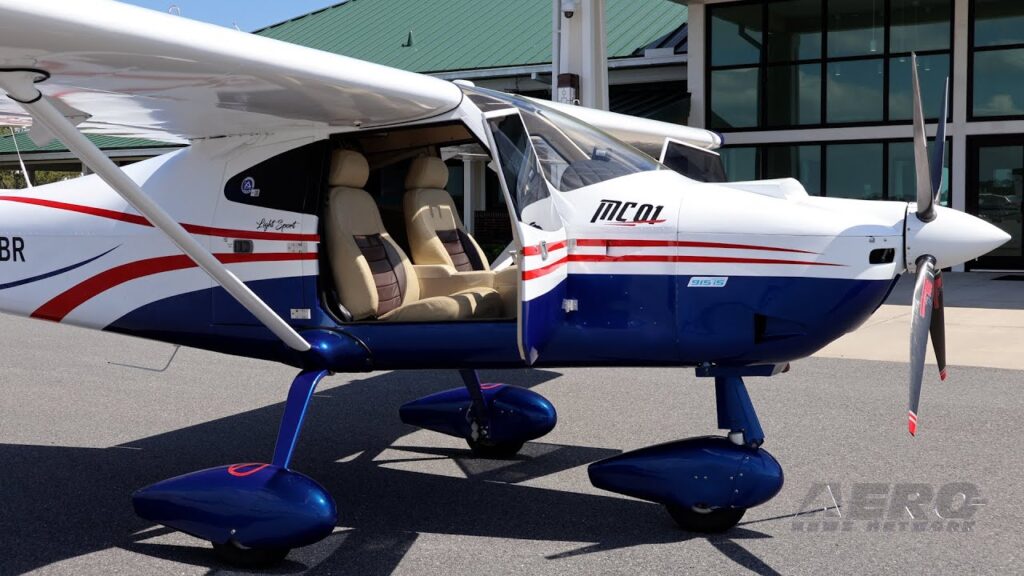
Flight Restrictions
- Daylight Only: Sport pilots can only fly during daylight hours and must adhere to visual flight rules (VFR), which require clear weather conditions and visual reference to the ground.
- No flight above 10,000 feet: Sport pilots are restricted from flying above 10,000 feet unless the altitude is required to clear terrain. The aircraft must remain below the maximum operational ceiling for LSAs. NOte in some countries the limit could be lower depending on Controlled Airspace and the Transition Level between normal and commercial airspace.
- Limited airspace: Sport pilots cannot operate in certain controlled airspace (Class B, C, or D) without additional endorsements from a certified instructor.
Passenger and Commercial Restrictions
- Sport pilots may not fly for hire or compensation, and they are limited to carrying only one passenger at a time.
- You cannot tow a glider or banner, which is permitted under higher pilot certifications.
6. Sport Pilot License vs. Private Pilot License
It’s worth comparing the sport pilot certificate to the private pilot certificate, as the two share some similarities but diverge significantly in privileges, requirements, and capabilities.
- Cost: The SPL is significantly cheaper, with total costs ranging between $4,000 to $7,000, while a PPL can range from $8,000 to $15,000 or more, depending on training hours and aircraft rental rates.
- Training Hours: The SPL requires half the flight training hours (20) compared to the PPL (40).
- Aircraft Options: With a PPL, pilots can fly more advanced, heavier aircraft and carry more passengers. PPL holders can also fly at night, in more complex airspace, and above 10,000 feet.
For those looking to keep things simple and affordable, the SPL is an excellent entry point, though some pilots eventually transition to the PPL for broader flying privileges.
7. Looking Ahead: The Future of Sport Piloting

The future for sport pilots looks bright as regulations evolve to keep pace with aircraft innovation. While the FAA is still weighing possible changes to the SPL category, it is clear that the intent is to maintain the balance between simplicity, safety, and performance.
As more powerful and complex LSAs enter the market, it’s likely that 2024/2025 could bring pivotal changes to the SPL and LSA categories. Whether these updates involve heavier aircraft, retractable gear, or expanded speed capabilities, sport pilots will likely see an increase in choice and functionality in the near future.
Proposed Rule Changes.
The current proposed rule changes for LSA aviation are listed in the article LINKED HERE at the FAA Website. THese changes could be adopted, rejected or altered from their proposed current form. Please take a read for yourself.
- Joystick / HOTAS – AMAZON.com
- Rudder Pedals – AMAZON.com
- Throttle Quadrant – AMAZON.com
- Gaming Chair – AMAZON.com
- VR Headset – AMAZON.com
Conclusion
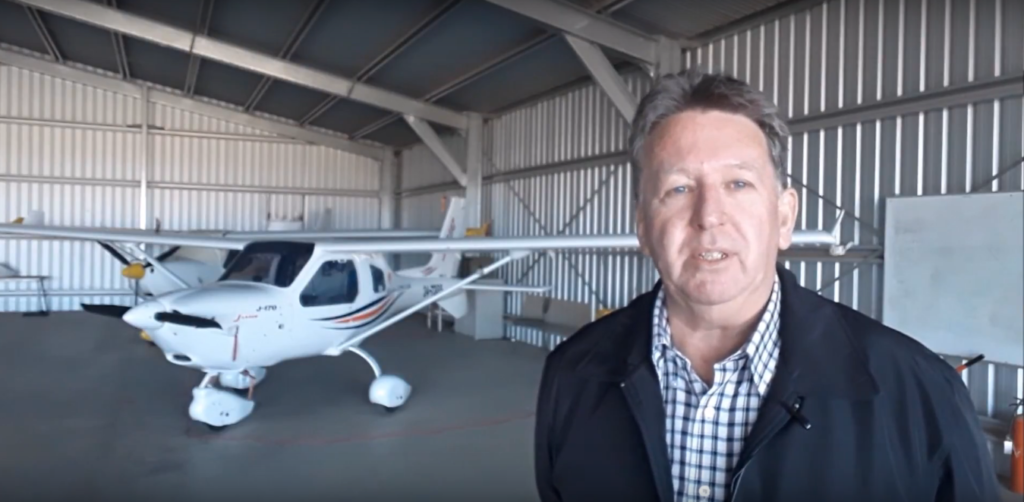
Sport pilot certification remains one of the most accessible and exciting avenues for aspiring aviators, offering a streamlined path to the sky. In 2024 and 2025, while the core requirements have remained largely the same, potential developments in weight limits, speed capabilities, and aircraft complexity signal a shift toward more capable LSAs.
This evolving category continues to offer a balance between simplicity and performance, making it a strong option for recreational pilots looking to enjoy the freedom of flight without the more stringent demands of a private pilot license.
Author
rendon McAliece (Aka Gunnie) is a a military veteran with 23 years working on Jet Fighters, their weapons systems and ejection seat/module systems as well as munitions and R&D. Involved with flight simulation since the 1980s, he has flown all the major flight simulators over the years.
He is an Australian expat who has lived in Malaysia, UK, Saudi Arabia and more recently Thailand. He is a multi-lingual blogger who loves to share his life experiences here on LetsFlyVFR.com and DreamingGuitar.com, with his lifestyle and Travel experiences Blog plus his Dreaming Coffee website.
Learn More @ DreamingGuitar.com – DreamingCoffee.com – LetsFlyVFR.com
( HOME – BLOG – SHOP – ABOUT )
As an Amazon.com Affiliate I may Earn from associated sales
References:
- Federal Aviation Administration (FAA): www.faa.gov
- Experimental Aircraft Association (EAA): www.eaa.org
- Aircraft Owners and Pilots Association (AOPA): www.aopa.org
- CASA (Australia) https://www.casa.gov.au/aircraft/sport-aviation/light-sport-aircraft



One response to “Unlocking the Skies: Sport Pilot Certification Requirements for 2024/2025 and What’s New!”